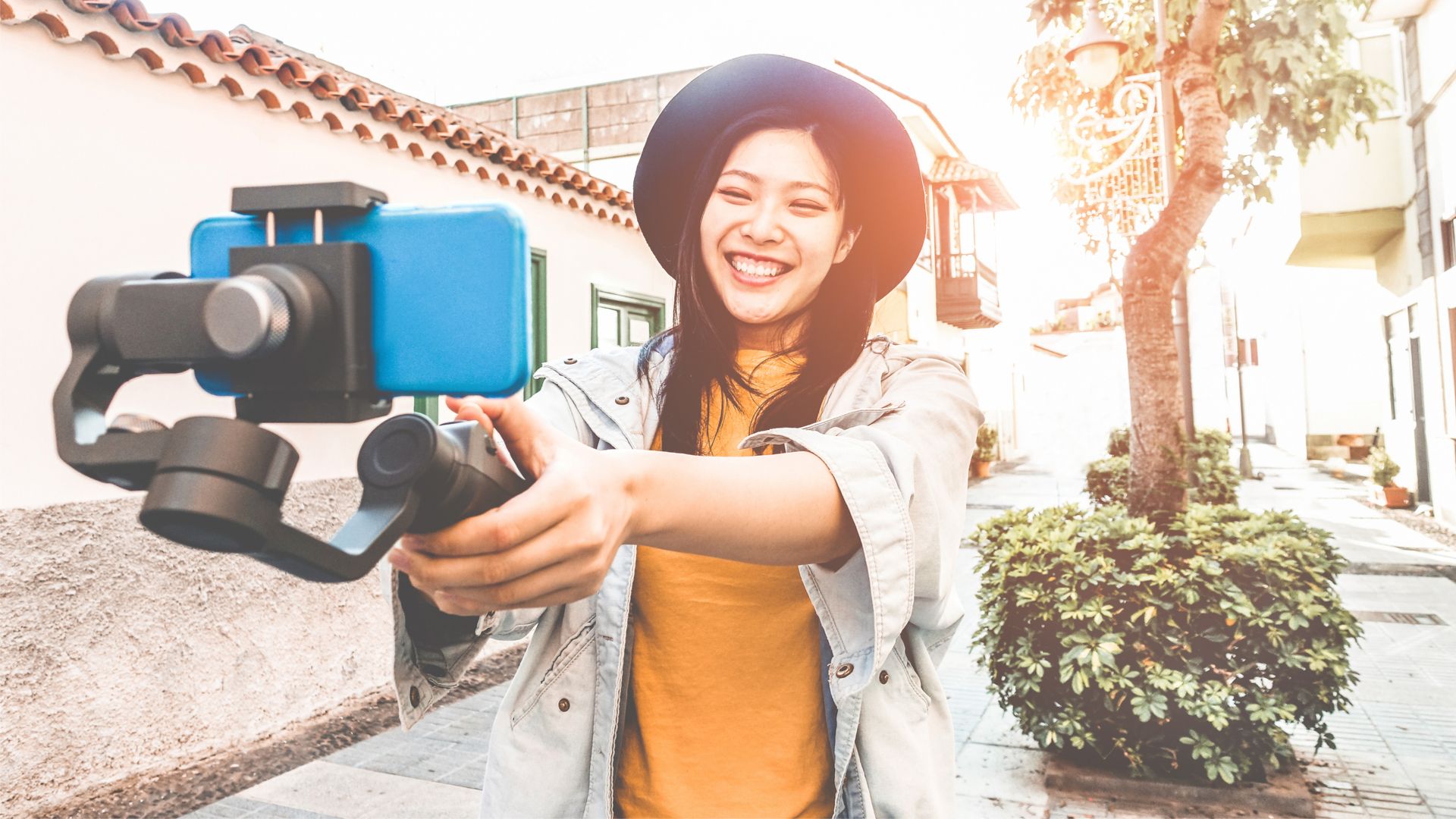TikTok, or Douyin in Chinese, is a 500-million user app with many valuable features for travel marketers, and it’s become especially relevant now that it’s become the first Chinese app to strike gold in the U.S. Bytedance, a Chinese Internet technology company, created Douyin in 2016. It merged with Musical.ly in 2017 and has since become a $75-billion company. Their app Douyin has quickly become one of the most popular in the world; now boasting 1 billion total downloads globally. Unveiled as TikTok in the West, Douyin is now leading to a major shake-up in the social media playing field.
The platform is based around ultra-short, user-posted videos with music that are 15 seconds in duration but can be strung together to make 60-second “stories.” In their videos, users can interact with the camera and sing along to a song of their choice from Douyin’s extensive music library. Showing off dance skills and comedy routines are also popular pastimes on the app.
One interesting aspect of Douyin is that it employs a unique algorithm to help determine the app’s user experience. Unlike other popular Chinese apps like Weibo and WeChat, where you have to actively follow specific accounts to be pushed toward their content, TikTok identifies users’ interests through a powerful recommendation algorithm that identifies users’ interests and preferences through their viewing behaviors.
Short video is trending because it’s a more fun and engaging way of showing off destinations or travel brands than static photos and written content, and that’s a major reason why Douyin is a better app for engagement rates, not to mention that it reaches a wider audience given that content is not restricted to those following specific accounts. On top of that, if a user is interested in finding videos on a particular city or location, they can search through Douyin via hashtags, which will automatically populate any content recorded at a destination (essentially immersing the user in any given place).
Brands are also able to promote videos easily with the simple click of the “get trendy” button. This enables brands to run paid promotions to reach the desired target, offering between 5,000 to 25,000 views. There are also open feed ads, as well as sponsored “stickers” that can be applied to user-generated videos. Brands can work directly with Douyin to create stickers that promote a given campaign or product, which can be further promoted through paid media. Users can then use the stickers in their video content, and subsequently, find other users that have done the same. And, as Douyin users become increasingly dependent on the app for information on destinations and see it as a source of travel inspiration, tourism brands now have another direct line of contact to these prospective outbound travelers.
Our client, Santa Monica Travel & Tourism, is one of the few Western DMOs paving the way for future destinations by launching their first TikTok content push in conjunction with last month’s Chinese New Year holiday. Set against various picturesque backdrops in eight different Santa Monica neighborhoods, the first video featured American and Chinese speakers taking turns wishing viewers happy new year from the city. “We are very excited to be the first U.S. DMO to leverage TikTok,” said Misti Kerns, President and CEO of Santa Monica Travel and Tourism. “The app’s many functionalities, engagement potential, and appeal to millennials are some of the many reasons why it has become a key component of our China strategy.”
As Chinese outbound travelers become increasingly sophisticated and discerning, it’s imperative for destinations and travel brands to employ every brand-building modality available, particularly those that are popular with millennials and Gen Zers. TikTok will become an increasingly valuable tool in targeting these consumers as it continues to gain popularity among high net worth travelers in China.



